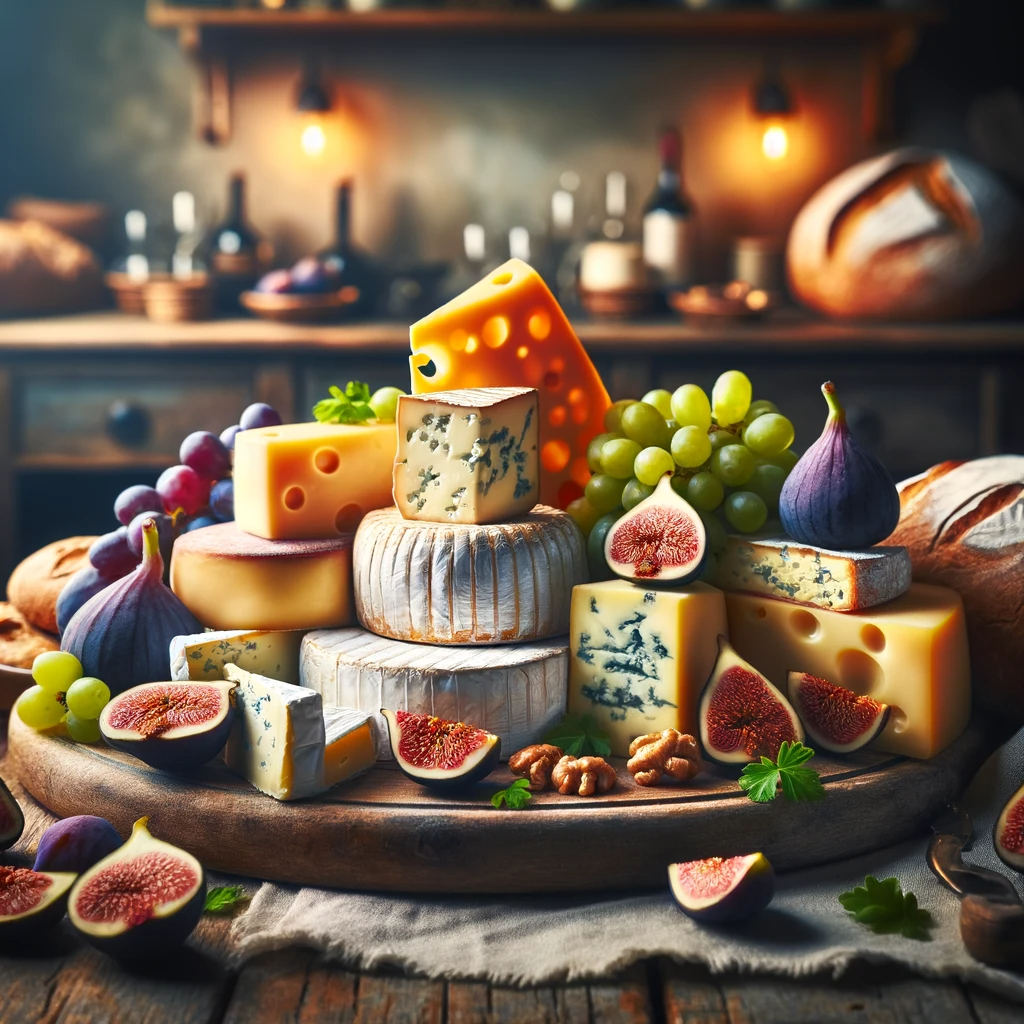Cheese, a beloved dairy product enjoyed by people worldwide, has a rich history that dates back thousands of years. While cheese-making may seem like a simple process involving milk, rennet, and time, there is a crucial element that often goes unnoticed but plays a pivotal role in cheese production – starter cultures. In this article, we will delve into the significance of starter cultures in cheese ingredients, shedding light on their role, types, and the impact they have on the final product.
Understanding Starter Cultures
Starter cultures, also known as bacterial cultures or cultures, are microorganisms that kickstart the cheese-making process. These microorganisms are responsible for fermenting the milk, transforming it into cheese, and imparting distinct flavors and textures. They consist of lactic acid bacteria (LAB) and, in some cases, specific strains of molds.
The Role of Starter Cultures
- Acidification: One of the primary functions of starter cultures is to acidify the milk. Lactic acid bacteria convert lactose, the milk’s sugar, into lactic acid, which lowers the pH of the milk. This drop in pH is crucial for curd formation and influences the texture and taste of the cheese.
- Flavor Development: Different strains of starter cultures contribute unique flavors to cheese. For example, the use of thermophilic cultures can result in nutty and complex flavors, while mesophilic cultures are known for their mild and buttery notes. Cheesemakers can create a wide variety of cheeses by selecting specific starter cultures.
- Texture and Consistency: Starter cultures influence the texture and consistency of cheese. They play a role in curd formation, curd structure, and moisture content. The choice of starter culture can determine whether the cheese will be creamy, crumbly, or hard.
Types of Starter Cultures
There are two main categories of starter cultures used in cheese-making:
- Mesophilic Cultures: These cultures thrive at lower temperatures, typically between 68°F to 86°F (20°C to 30°C). They are commonly used for soft and semi-soft cheeses like cheddar, brie, and camembert. Mesophilic cultures impart a mild and buttery flavor to the cheese.
- Thermophilic Cultures: Thriving at higher temperatures, typically between 104°F to 122°F (40°C to 50°C), thermophilic cultures are used for harder cheeses like Parmesan and Gruyère. These cultures contribute to a firmer texture and more robust, nutty flavors.
The Impact on Cheese Quality
The careful selection of starter cultures can significantly impact the quality of the cheese produced. Cheesemakers can tailor the fermentation process to achieve specific characteristics desired in their cheese. Some key considerations include:
- Consistency: The use of standardized starter cultures ensures consistent results in cheese production. This consistency is crucial for commercial cheese production where consumers expect the same taste and texture every time they purchase a product.
- Flavor Profiles: Cheesemakers can experiment with different strains of starter cultures to create unique and innovative cheese flavors. This allows for a diverse range of cheeses in the market, catering to various consumer preferences.
- Texture Control: Starter cultures help cheesemakers control the texture of the cheese, whether they want a soft, creamy cheese or a hard, aged variety. This control ensures that the cheese meets specific quality standards.
Conclusion
In the world of cheese-making, starter cultures are the unsung heroes that contribute to the distinct characteristics and flavors of cheeses. Their role in acidification, flavor development, and texture control cannot be overstated. The careful selection of mesophilic or thermophilic cultures allows cheesemakers to craft a wide array of cheeses, delighting consumers with diverse tastes and textures. The next time you savor a piece of cheese, remember the crucial role that starter cultures play in making that delicious dairy delight possible.
